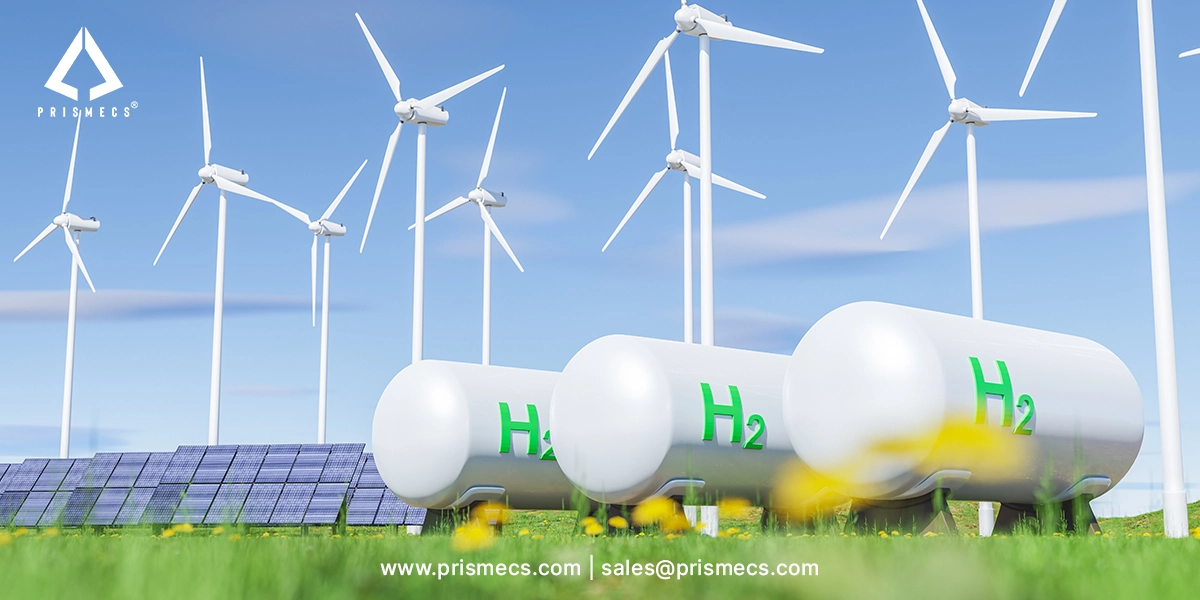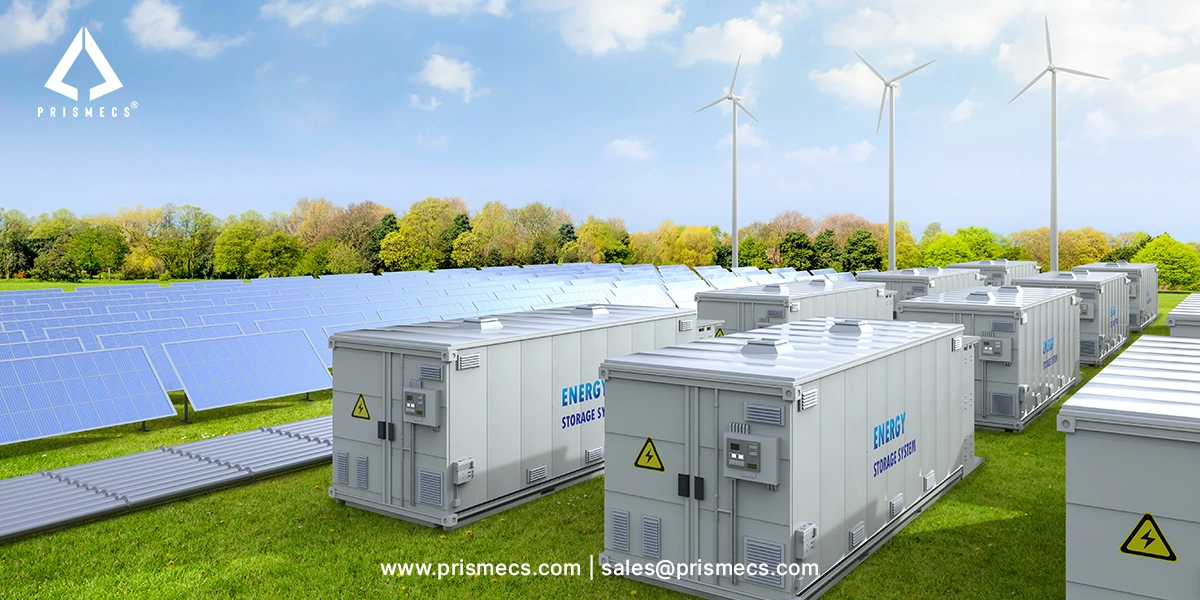
In recent years, advances in green vehicles have transformed the transportation industry. These advances drive a global shift toward sustainable mobility across many sectors. People are becoming increasingly aware of climate change, rising fuel costs, and stringent government regulations.
Alternative fuel vehicles, primarily electric and battery electric vehicles, offer robust solutions for reducing emissions. Electric and battery-electric vehicles are reshaping the future of travel with sustainable mobility options. Among these innovations, electric SUVs have gained popularity due to their practicality and zero-emission performance. This transition conserves natural resources and protects the environment from the harmful effects of fuel-based transportation.
The Rise of Electric Mobility and Its Environmental Impact
The global adoption of electric vehicles marks a turning point in sustainable transportation. As electric mobility grows, it reduces greenhouse gas emissions and lowers fuel dependence.
- It supports green innovation.
- It helps create cleaner cities.
- Electric mobility makes the planet healthier.
- This benefits future generations through sustainable growth.
Electric SUVs Leading the Market
Electric SUVs have quickly become a preferred choice for eco-conscious drivers. They offer the spaciousness and performance of traditional SUVs while running solely on electric power. Major automakers are introducing a variety of models to cater to both families and businesses, combining sustainability with style and capability.
What Are Battery Electric Vehicles (BEVs)?
Battery electric vehicles (BEVs) are fully electric cars that rely on rechargeable batteries and electric motors for power. Unlike hybrid vehicles, BEVs do not have internal combustion engines and produce zero tailpipe emissions. These vehicles play a crucial role in reducing our dependence on fossil fuels.
Preserving Natural Resources Through Innovation
The shift toward BEVs and electric SUVs reduces the use of non-renewable natural resources. These vehicles significantly lower the consumption of resources such as oil and gas. By using electricity, primarily sourced from renewable energy, drivers help mitigate environmental degradation and promote energy sustainability.
Protecting the Natural Environment
Traditional vehicles contribute to air and noise pollution, which harms the natural environment. Electric cars, with their quiet operation and clean energy use, support cleaner air and quieter urban spaces. This shift is crucial in combating the effects of climate change and preserving ecosystems.
The Environmental Imperative Behind Green Vehicle Innovation
One of the driving forces behind the surge in popularity of electric vehicles is their environmentally sustainable nature. At the core of the green vehicle revolution is the need to combat environmental degradation and support sustainable development. Traditional internal combustion engine (ICE) vehicles rely heavily on fossil fuels, releasing significant greenhouse gas emissions.
The Shift from Fossil Fuels to Clean Energy
In contrast, battery electric vehicles (BEVs) form a key category of alternative fuel vehicles. They operate on electricity, often generated from renewable sources like solar and wind power. EVs produce zero tailpipe emissions, significantly reducing air pollution in urban environments.
Government Policies Driving Sustainable Mobility
As governments introduce stricter regulations, the demand for green transportation solutions is accelerating rapidly. Global initiatives, such as the Commission on Environment and Development, often influence these regulations. Governments aim to cut carbon emissions through stricter environmental policies. Electric vehicles and plug-in hybrids grow in demand as a result of these green policies.
Building a Cleaner Future for Society
These innovations reduce pollution and create a positive social impact. They promote clean technologies that enable future generations to thrive. Protecting the ability of future generations to meet their own needs is a key motivator behind this shift.
The Technology Behind Electric Vehicles
At the heart of an EV, a battery pack and an electric motor work together efficiently. They deliver emission-free transportation by converting electrical energy into motion. Batteries for mobility applications like EVs will dominate future energy storage demand. McKinsey estimates that this demand will reach approximately 4,300 GWh by 2030.
Advancements in Technology
The rapid advancements in battery technology, particularly in lithium-ion batteries, have significantly contributed to making electric vehicles more accessible and practical for consumers. Modern EVs boast longer driving ranges, faster charging times, and enhanced performance compared to their predecessors.
Additionally, innovations in regenerative braking, electricity generation, and energy efficiency have further improved the overall sustainability and driving experience of electric vehicles. These advancements make EVs more fuel-efficient without compromising their ability to deliver reliable performance.
Economic Benefits
In addition to their environmental advantages, electric vehicles offer compelling economic benefits for both businesses and consumers. Electric vehicles provide lower operating costs and reduced maintenance compared to traditional cars. These advantages help companies save money over time.
Governments offer incentives, such as tax credits and subsidies, to support the adoption of electric vehicles. Such incentives make EVs an attractive investment for individuals and fleets. The shift away from combustion engines also helps reduce factors that can negatively impact operational budgets and environmental goals.
Commercial Opportunities
For businesses seeking to capitalize on the growing demand for electric vehicles, numerous commercial opportunities are available. From manufacturing and selling EVs to offering charging infrastructure, many sectors stand to benefit. Analysts anticipate growth in these sectors due to the global shift toward electric mobility and related services.
Companies can also explore the integration of fuel cell technology to generate electricity for electric fleets. By embracing sustainability and investing in electric vehicles, companies reduce their carbon footprint. They also position themselves as leaders in the emerging green economy.
The McKinsey team projects that the entire lithium-ion battery chain could grow by 27 percent annually. This includes everything from mining to recycling between 2022 and 2030. Analysts expect the market to reach a value of over $400 billion. It could also get around 4,700 gigawatt-hours (GWh) by 2030.
EV Charging Market Size
Analysts expect the global electric vehicle charging infrastructure market to reach US$221.9 billion by 2030. Analysts project growth from US$25.56 billion in 2022. The projected CAGR is 31.02% during the forecast period from 2023 to 2030.
Scope of the EV Charging Infrastructure Market
Embracing the Future of Clean Transportation
The advances in green vehicles go beyond trends and mark a crucial step toward sustainability. Progress in lithium-iron-phosphate batteries is driving change in the transportation sector. The expansion of EV charging stations supports this shift toward greener mobility. Alternative fuel vehicles are on the rise, reshaping the transportation landscape for the better.
As a consumer, you can explore EV options and consider the benefits of electric mobility. Businesses can electrify their fleets and align with modern environmental standards.
Investors can find opportunities in green technology within this fast-growing sector. Embracing the shift to alternative fuels and electric vehicles is essential. This transition supports the environment and offers smart economic advantages.
Partner with Prismecs for EV Charging Infrastructure
Prismecs is a leading renewable energy company driving the future of EV charging infrastructure. We are committed to shaping the future of EV charging infrastructure with cutting-edge renewable energy solutions. Our innovative approach aims to revolutionize the charging of electric vehicles, ensuring a cleaner, greener, and more sustainable transportation ecosystem. To avail of our services, please call us at +1 (888) 774-7632 or email us at sales@prismecs.com.
Tags: Electric Vehicles Electric SUVs Battery Electric Vehicles BEVs Charging Stations Electric Cars Battery Pack
recent posts

I and C Services
7 minutes read
Expert Commissioning Services for Safe, Efficient Operations
Discover expert commissioning services for safe and efficient operations. Improve system performance, save energy, and enhance indoor air quality.

Green Hydrogen
6 minutes read
Green Hydrogen Plant Technology Guide
Discover how a green hydrogen plant works, its key technologies, and its role in clean energy. Explore solutions for scalable, carbon-free hydrogen pr...

EPC Services
7 minutes read
EPC Power: From Design to Delivery of Reliable Energy System
Discover how EPC power solutions streamline design to delivery, ensuring reliable, efficient, and future-ready energy systems in one integrated proces...

Data Centers
12 minutes read
Powered Shell Data Centers | Benefits, Design & Adoption
Discover the benefits, design, and adoption of powered shell data centers. Learn how they boost speed to market, scalability, and energy efficiency.